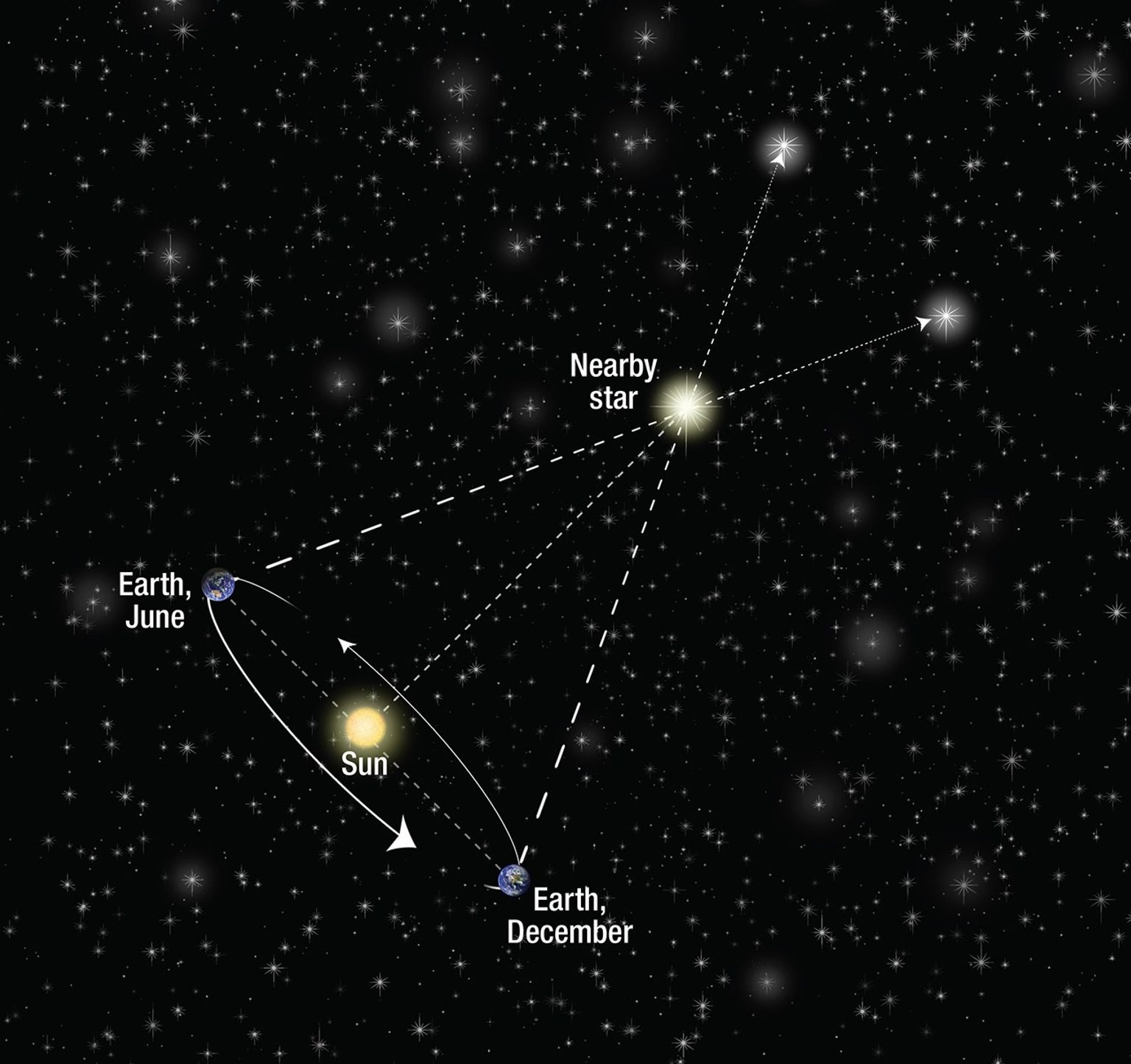The horizon is always at eye level and always looks flat.
Quick reality-check: On a commercial jet (~11 km up) the true horizon is about 3° below eye level; a phone inclinometer or a sextant will show the dip. High-altitude balloon footage plainly shows a convex horizon that sinks as altitude increases.

Why is this claim made?
Flat-Earth proponents rely on personal observation, noting that the horizon appears flat and at eye level. This is a result of the vast scale of Earth and the limitations of human vision and perception at typical altitudes.
Why the claim doesn’t work
At cruising altitude, the horizon actually sits a few degrees below eye level. This can be measured with simple instruments. Balloon and ISS footage reveal the curve and the drop of the horizon with increasing altitude, which cannot be explained by a flat model.
Evidence against the claim
- Phone inclinometers and sextants show the horizon dips below eye level at altitude.
- Balloon and ISS photos show a convex, not flat, horizon.
- Mathematical calculations predict the observed dip and curvature.
Summary
The claim is based on limited human perception. Instrumentation and photographic evidence consistently show the horizon is not always at eye level and is not flat.
Links to additional resources